The Lipoedema
A woman's disease
Patients with lipoedema often have a long ordeal behind them, as the changes are very often misdiagnosed and accordingly treated incorrectly. The sometimes disfiguring changes in combination with the lack of perception as a disease, both by those around us and by us doctors, leads to stigmatization of these patients with no hope of improvement.
What is lipedema?
Lipoedema is an underdiagnosed, familial, presumably pathological change in the subcutaneous fatty tissue. The changes only occur in women and are characterized by a symmetrical increase in the subcutaneous fatty tissue in the area of the arms and legs with a typical appearance and typical symptoms.
How do you recognize lipedema?
It is characteristic that the hands and feet are never affected, so remain free. The legs in particular have a typical columnar shape, with typical bulges of fat in the area of the ankles and knees and sometimes also on the inside of the thighs. Fat tissue proliferation in the knee area also leads to orthopedic problems (knees). Spontaneous pain often occurs as well as inflammation of the skin and wounds due to the bulges of fat in the inner thigh area.
Only with the progress of the disease or with weight gain do clear, sometimes disfiguring bulges of fat tissue appear. In the case of extreme obesity, lymphatic congestion can also occur, which is referred to as lipolymphedema in technical jargon.
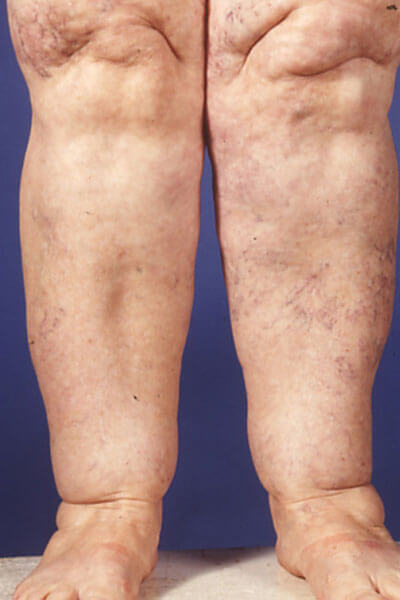
pillar leg
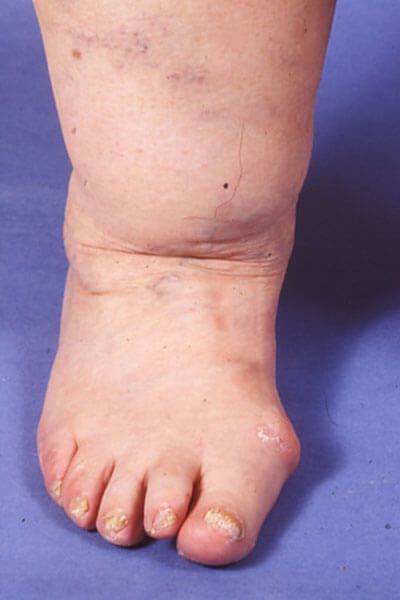
Bracelet phenomenon
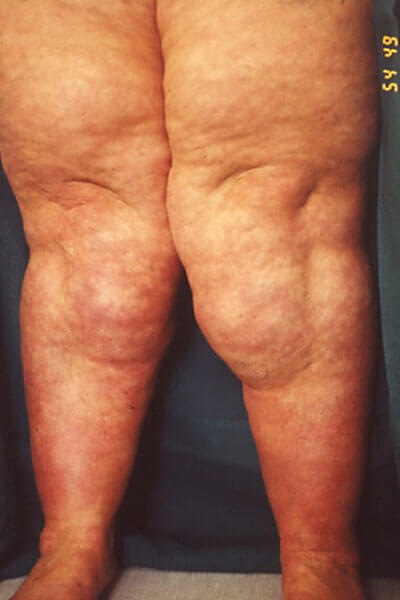
Knock knee position in lipoedema
Classification of lipedema according to localization
Type I
Type II
Type III
Type IV
Type V
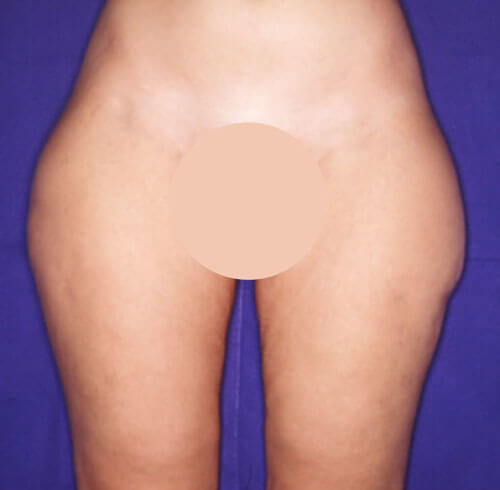
Thigh-type lipedema
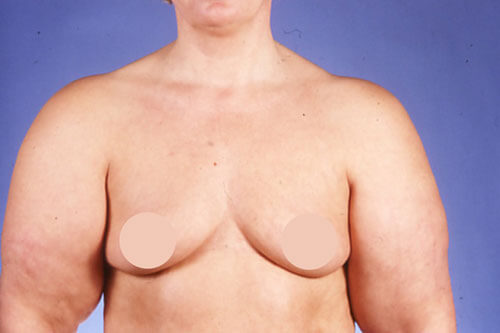
Upper arm type lipedema
How is lipedema diagnosed?
By means of duplex sonography, vascular causes or the presence of an interstitial increase in fluid can be ruled out, but the thickness of the fat layer in various parts of the body can also be determined.
Why are only women affected?
The exact causes have not yet been clarified. According to studies, the female hormone estrogen seems to play a central role in the course and progression of the disease.
Lipoedema usually becomes noticeable for the first time during puberty. Patients also report progression of the disease during pregnancy or menopause.
Are there hereditary components?
Since only women are affected and there is an accumulation in families, it is obvious that a genetic component plays a major role. It is assumed that several genes are involved in the development of lipoedema.
What effective treatment methods are there?
Here, the fatty tissue is gently sucked out with vibrating cannulas under local anesthesia via the smallest skin incisions. This not only leads to a significant reduction in volume, but also to an improvement or complete disappearance of the symptoms.
Studies have shown that liposuction not only reduces symptoms, but also leads to a significant increase in quality of life due to the significant reduction in volume and the associated improvement in aesthetics in the area of the arms or legs.
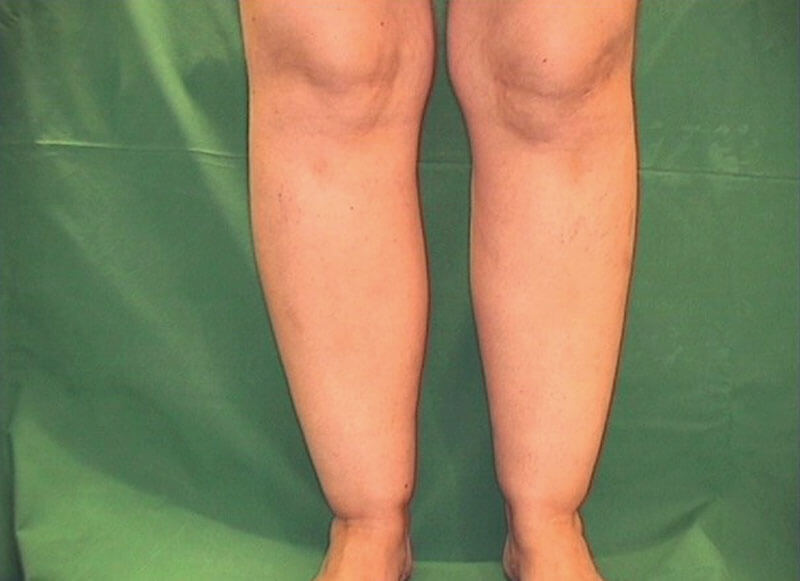
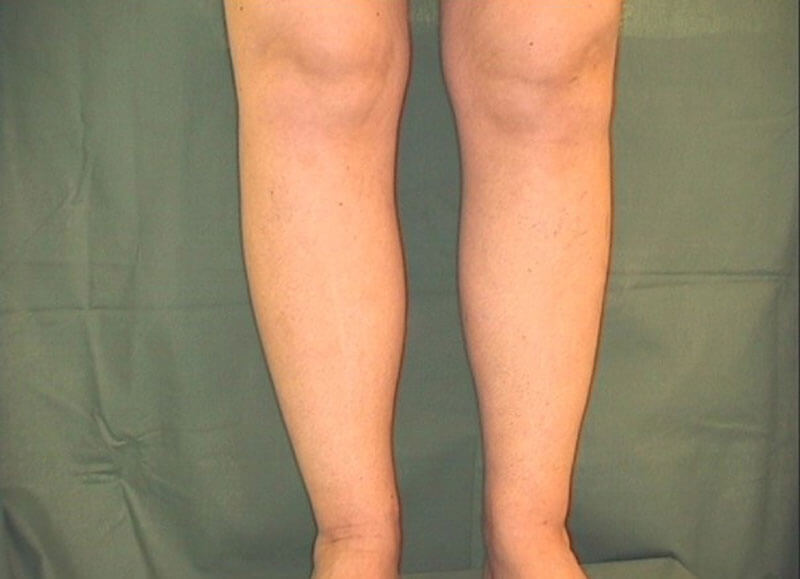
Drag the arrows to view the before and after pictures.
Why is so little known about the disease or why is it so rarely recognized?
Only in recent years has this change in fat tissue started to be taken seriously. Since only very few doctors deal with lipoedema, the disease is rarely diagnosed or recognized as such and other diagnoses are made (obesity, lymphoedema).
This is precisely why the correct recognition and timely, professional treatment of lipoedema represent a very important step towards a better understanding and clarification of this clinical picture.
Prejudice and stigma
Very often overweight patients are just labeled as obese. But even very slim patients are not taken seriously with their problems (pain, feeling of heaviness, etc.). Unfortunately, the changes are dismissed as a cosmetic problem.
The fact of not being able to find suitable clothing despite normal weight or the need for custom-made products increases the level of suffering, especially for women, enormously. If you are also overweight, the symptoms are even worse.
This often leads to frustration and, in the worst case, can even lead to depression.
Individual consultation
Individual consultation: We would be happy to consult you extensively on the individual examinations and treatment options in one of our offices. You are also welcome to schedule an appointment online.
